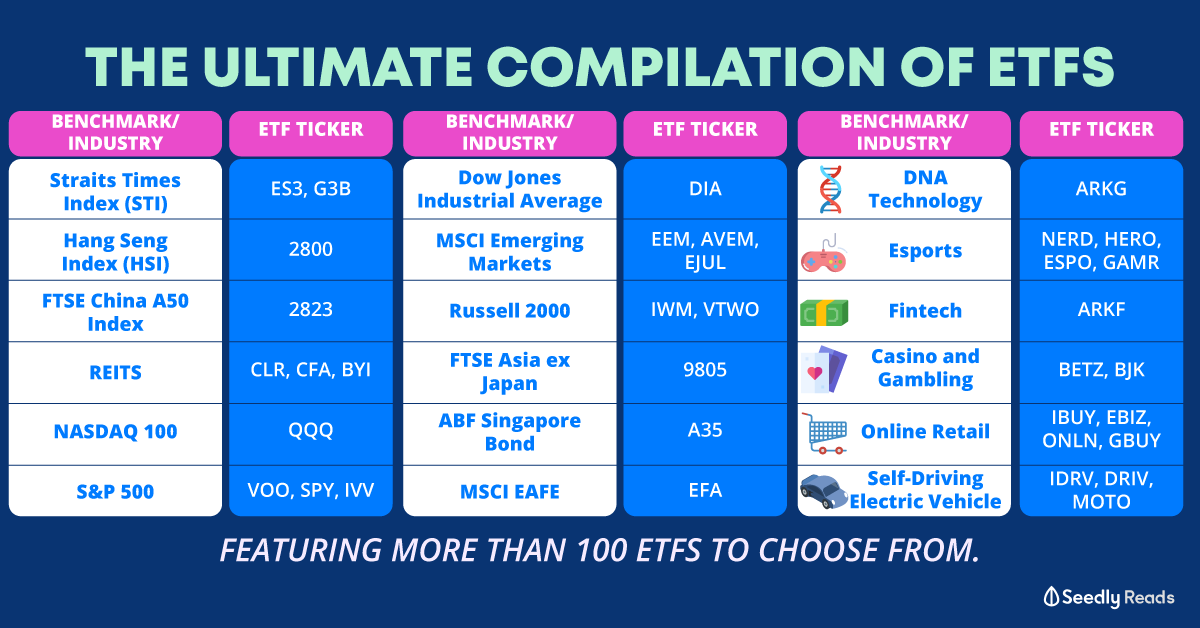Advertisement
Anonymous
What are the differences between active funds and passive funds?
I'm sure active funds cost more, and have a higher risk and potentially higher rewards. But what else differentiates an active fund from a passive fund? Is it in terms of what they encompass?
2
Discussion (2)
What are your thoughts?
Learn how to style your text
Dora Seow
09 Dec 2020
Country Head, Singapore at Franklin Templeton
Reply
Save
View 1 replies
Write your thoughts
Related Articles
Related Posts
Related Posts
Advertisement









An actively managed fund is a professionally managed fund that pools money from investors that are then invested on their behalf by a team of investment professionals. Funds may differ in asset classes (e.g. Equities, Bonds), Style (e.g. Growth, Value), or Geography (e.g. Global, Emerging Markets), amongst others.
Similarly, a passive fund is also an investment fund which pools money from investors that are invested on their behalf. They key difference is that passive funds track markets indices, such as the S&P500 index, MSCI World index, etc., while active funds do not do so.
While a passive fund may be more affordable than an actively managed fund, the latter is able to achieve potential outcomes that passive investing may not. Some examples are risk mitigation during volatile market conditions, and outperformance against market indices.